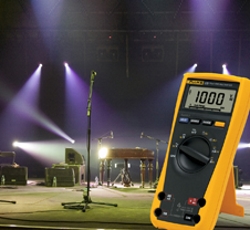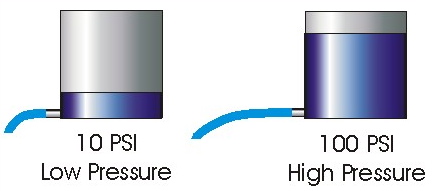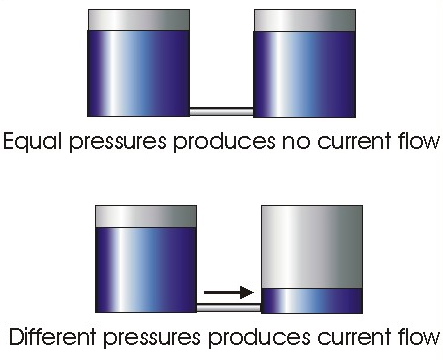Most musicians really don’t want to learn about electrical engineering, or even how basic electricity works. Everyone, however, should learn how to test for and avoid electric shocks on stage.
Guitar amps and mixing boards as wired from the factory are inherently safe, but they can become silent-but-deadly killers if plugged into an extension cord or wall outlet that’s improperly grounded. This is because guitars are held in moist hands while wet lips are touching another electrical circuit, the microphone.
It’s up to you, the sound tech and musician, to make sure a guitar or microphone is never electrified due to poor maintenance, bad connections or a broken-off ground plug.
The so-called “Hot-Chassis” problem is what causes a tingle or shock when you touch the mic with one hand or your lips while holding a guitar with your other hand. The cause is that a chassis has become “hot” through a wiring fault.
What Is This Volts Thing?
What’s so hard to understand about electrical shocks in general is that they don’t seem to happen for any obvious reason. For instance, you can watch a pigeon on a power line that’s not being shocked, yet sometimes just holding a guitar while standing on wet ground can bring you to your knees. Why is that?
The first thing to understand about electricity is the concept of voltage. Think of voltage as electrical pressure, just like the pressure in a tank of water.
Now in a tank of water we measure pressure in something called PSI (pounds per square inch), which will, of course, increase if we get a deeper tank. This pressure is caused by the pull of gravity from the Earth and if you hook up a hose to the tank, the water will flow toward the ground.
So while 10 PSI of water pressure from a short tank might give you a trickle of water when hooked up to a hose, 100 PSI of water pressure from a really tall tank gives you a stream that will spray much farther.
Water — and electricity — tries to flow to the side of least pressure. You can imagine that if a pipe is connected between two tanks with exactly the same water level and pressure (say, 100 PSI) there will be no flow of water through the hose. It just sits there and does nothing because the system is equalized.
However, if you connect one tank with 100 PSI of water pressure to another tank with 10 PSI of water pressure, water will flow from the high tank to the low tank. We measure this water flow in gallons per minute.
Under Pressure
The same thing happens with electricity. You’ve often heard of “completing an electrical circuit,” but think of it as pipes between different electrical pressures.
Getting back to the pigeon on the power line, if both of the bird’s feet are on the same wire, they’re at exactly the same electrical pressure. Because they’re at the same pressure, there’s no electrical current flowing through the bird.
If, however, the pigeon is unlucky enough to touch one foot on a power line and a wing to the grounded metal power pole, then his foot will be at 1,000 volts (think PSI of water pressure) and his wing at 0 volts (think an empty tank with zero pressure).
This will cause a lot of current to flow through the bird, which we’ll measure in amperes. And indeed, 1,000 volts across a pigeon can cause a bird explosion.






















